Global warming is no longer a distant warning—its effects are already visible around the globe.
From melting glaciers to parched landscapes, climate change is actively reshaping ecosystems and communities.
The stories of these transformed places highlight the urgency to act, as their dramatic changes offer a stark preview of a warming world’s future.
As we explore 15 places profoundly altered by rising temperatures, their experiences serve as both a cautionary tale and a call to protect our planet’s fragile balance.
1. Greenland Ice Sheet, Greenland
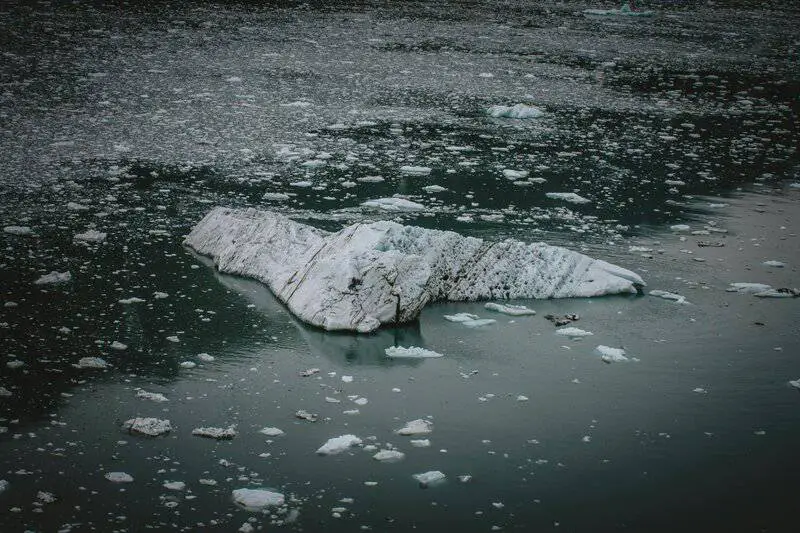 Ribbons of glacial meltwater carve through a vast Arctic landscape, revealing the striking beauty of a melting ice sheet. | Photo by Lloyd Douglas on Pexels
Ribbons of glacial meltwater carve through a vast Arctic landscape, revealing the striking beauty of a melting ice sheet. | Photo by Lloyd Douglas on Pexels
The Greenland Ice Sheet is undergoing rapid, visible change as global warming accelerates its melt rate.
Billions of tons of ice are lost each year, dramatically reshaping the Arctic landscape and fueling global sea-level rise.
Recent satellite observations have recorded unprecedented melting events, underscoring the severity of the transformation.
According to NASA, these changes are not just statistics—they are altering coastlines and communities worldwide, making Greenland a powerful symbol of climate urgency.
2. Great Barrier Reef, Australia
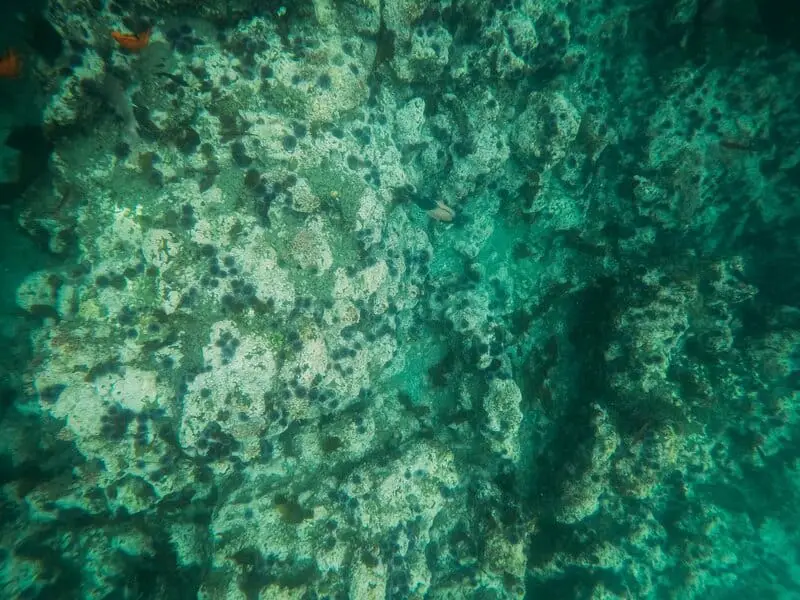
The Great Barrier Reef, the world’s largest coral system, is suffering from alarming coral bleaching events due to rising ocean temperatures and acidification.
Major bleaching episodes in 2016, 2017, and 2020 have led to widespread biodiversity loss and irreversible reef degradation.
Vibrant underwater habitats are fading, threatening countless marine species and local communities that depend on the reef.
As highlighted by the Australian Government GBRMPA, the reef’s future remains deeply uncertain if global warming continues unchecked.
3. Venice, Italy
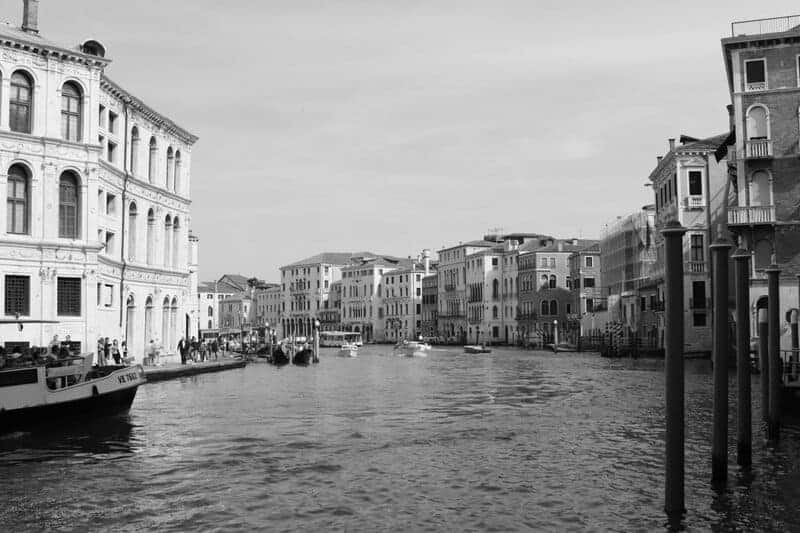
Venice, renowned for its canals and historic charm, now faces ever-more frequent “acqua alta”—exceptional high tides fueled by sea-level rise and land subsidence.
Floodwaters invade plazas and threaten centuries-old architecture, turning daily life into a struggle against the elements.
To defend the city, ambitious projects like the MOSE barriers have been developed, though challenges persist.
As reported by BBC News, Venice’s battle with rising waters is a vivid reminder of climate change’s reach into our cultural treasures.
4. Amazon Rainforest, South America
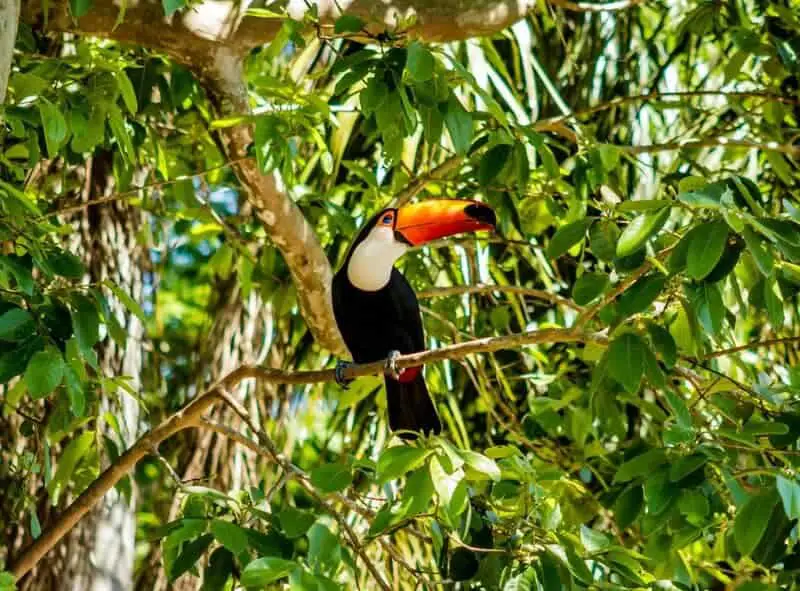
The Amazon Rainforest, often called the “lungs of the planet,” is under siege from unprecedented droughts and wildfires intensified by global warming.
Shifting rainfall patterns have extended dry seasons, undermining the forest’s remarkable biodiversity and reducing its ability to store carbon.
Combined with deforestation, these changes threaten the survival of countless species and the region’s crucial role in regulating Earth’s climate.
According to the World Wildlife Fund, the Amazon’s transformation is a dire warning of what unchecked climate change can bring.
5. Arctic Sea Ice, Arctic Ocean
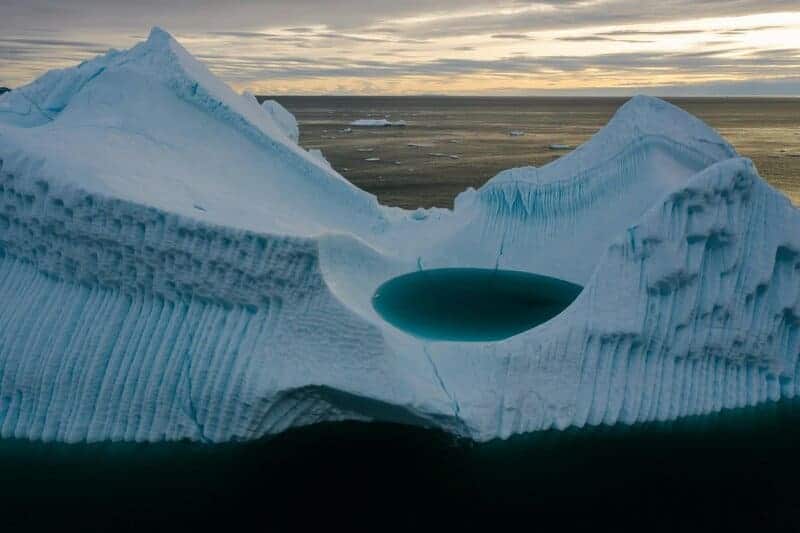
In the Arctic Ocean, sea ice extent has plummeted, with summer coverage declining by over 40% since 1979.
This dramatic loss affects more than just polar bears—entire ecosystems, indigenous ways of life, and even global weather patterns are being disrupted.
The shrinking ice opens new shipping routes but also accelerates further warming as reflective ice is replaced by darker ocean water.
For up-to-date insights, NOAA closely monitors these ongoing Arctic transformations.
6. California, USA
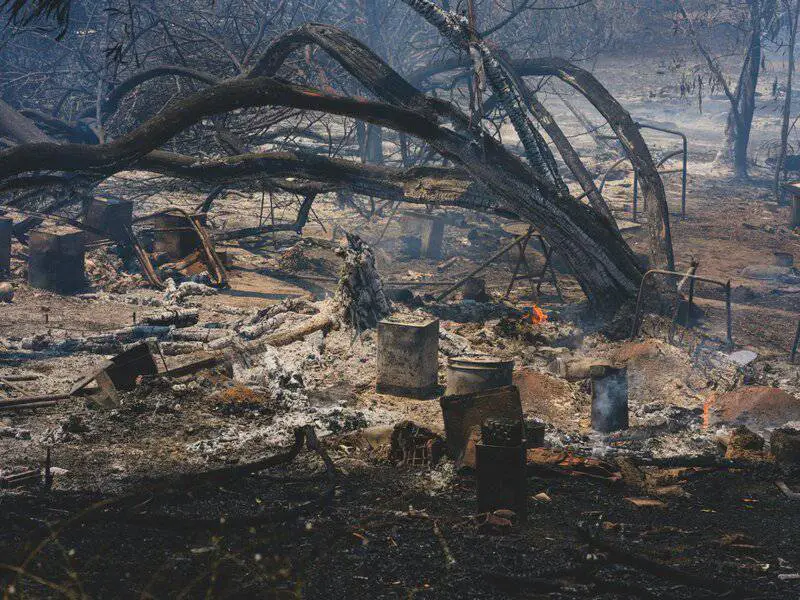
California’s landscapes have been dramatically altered by record-breaking wildfires, persistent drought, and intensifying water shortages—all fueled by a warming climate and shifting rainfall.
Communities across the state now live with heightened fire risk and changing natural habitats.
Historic forests have been lost, and agriculture faces new challenges with less predictable water supplies.
For a closer look at these impacts, both Cal Fire and the USGS provide ongoing updates and in-depth analysis.
7. Maldives

The Maldives faces an existential threat from rising sea levels, with much of the nation barely above water.
Coastal erosion and saltwater intrusion are reshaping islands and disrupting daily life for residents.
Communities are adapting, but the challenges are immense as the landscape visibly changes year by year.
The UNDP chronicles the Maldives’ urgent struggle to survive amid a rising ocean, making it a symbol of climate vulnerability worldwide.
8. Siberia, Russia
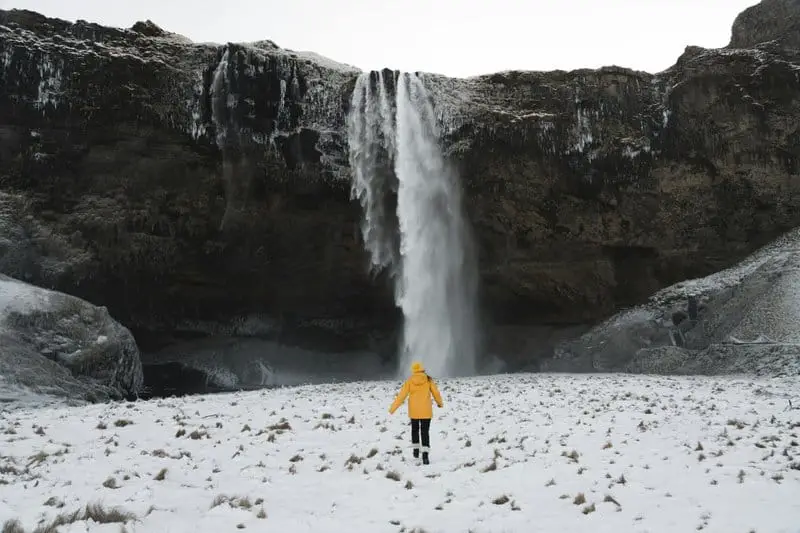
Siberia’s vast expanse is undergoing dramatic change as permafrost thaws, releasing potent greenhouse gases and causing the ground to become unstable.
Infrastructure is threatened, and entire communities are at risk as roads and buildings buckle.
The region has experienced massive wildfires and unprecedented ecosystem shifts, with the summer of 2020 setting new temperature records.
According to The Guardian, these rapid transformations are reshaping Siberia, with global consequences for climate and local ways of life.
9. Bangladesh
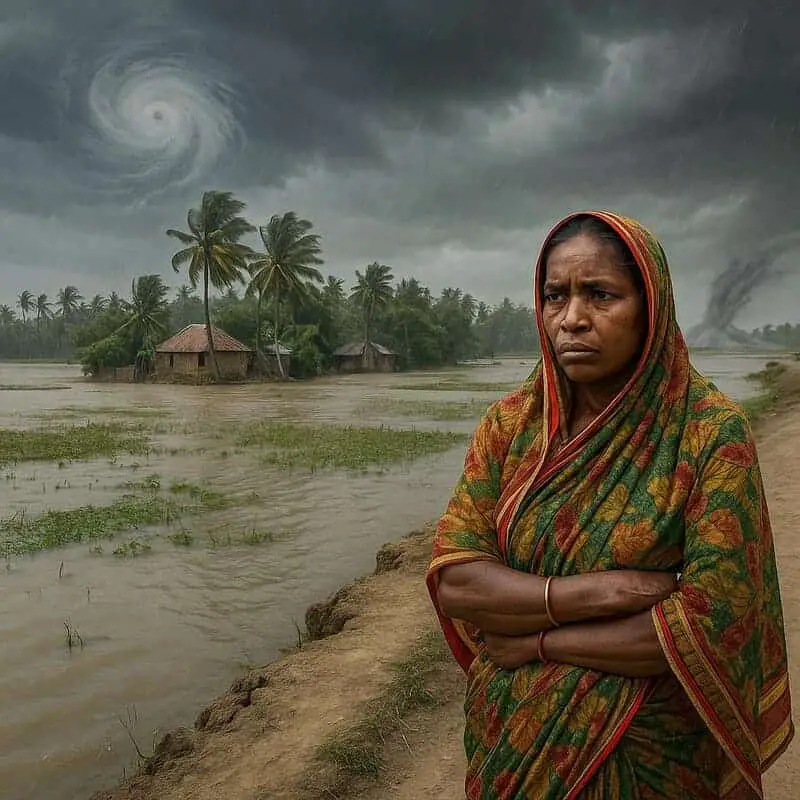
Bangladesh stands on the front lines of climate change, facing intensified flooding and increasingly severe cyclones.
Millions live with the constant threat of displacement as rising sea levels encroach on vital agricultural land and contaminate freshwater sources.
Communities are adapting through innovative resilience strategies, but the challenges remain immense.
The World Bank documents the nation’s ongoing efforts to safeguard its people and land amid relentless climate pressures.
10. Sahel Region, Africa
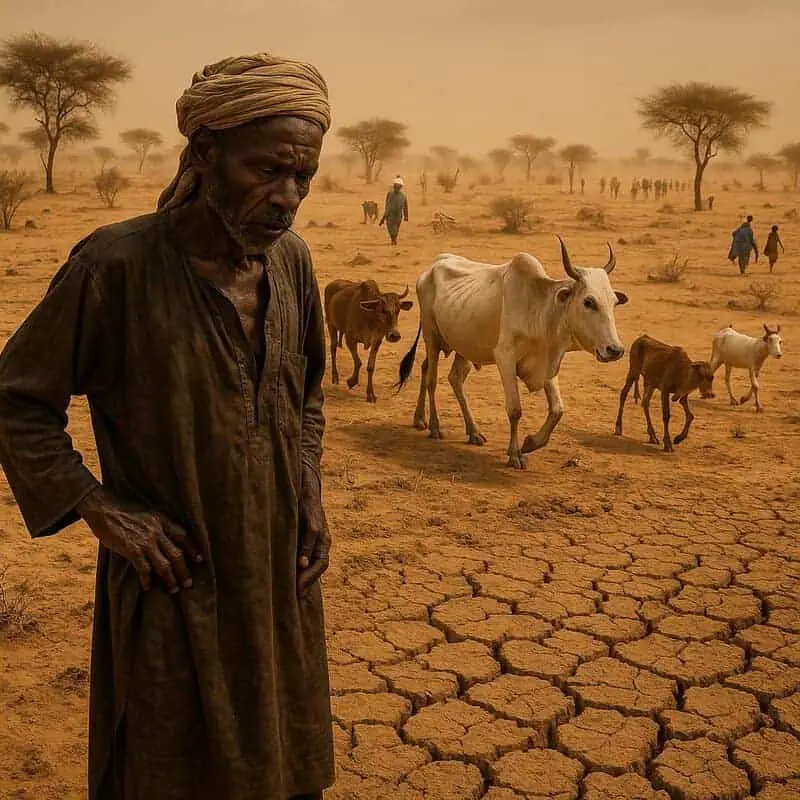
The Sahel region of Africa is undergoing rapid desertification and unpredictable rainfall, drastically impacting agriculture and livelihoods.
Traditional farming and herding, once the backbone of local economies, are now threatened as soils lose fertility and water becomes scarce.
These harsh changes fuel food insecurity and drive migration, forcing families to seek survival elsewhere.
According to the UN Environment Programme, the Sahel is at a tipping point, facing urgent social and environmental challenges linked to global warming.
11. Florida Keys, USA
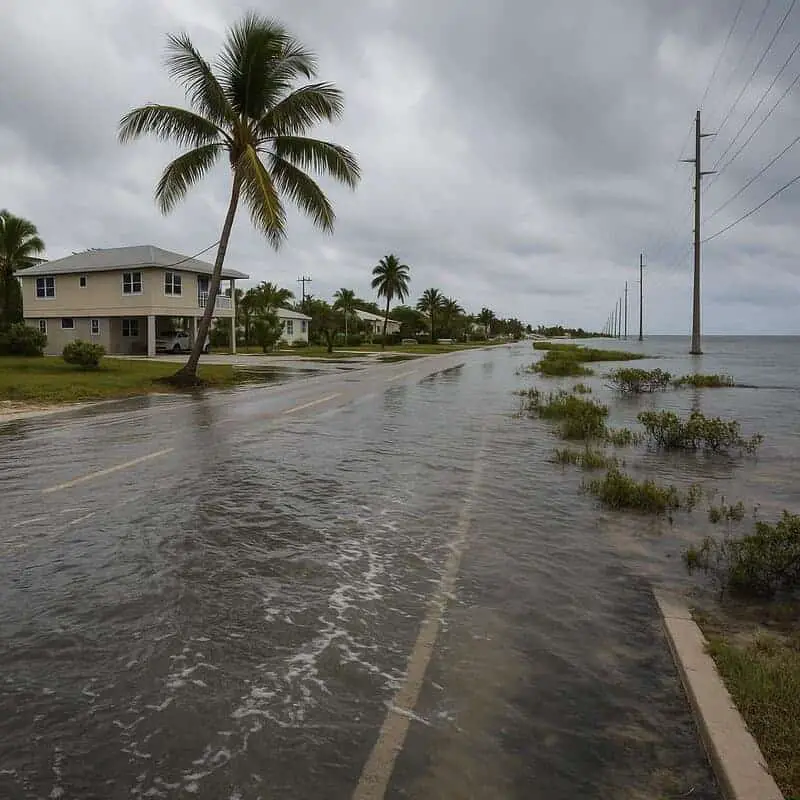
The Florida Keys are now grappling with chronic flooding and the intrusion of saltwater into vital freshwater resources.
Rising sea levels threaten homes, roads, and infrastructure, while local coral reefs suffer from warming waters and acidification.
These environmental pressures are reshaping the region’s unique ecosystems and posing serious challenges for tourism and daily life.
For a deeper look at these changes, visit NOAA for detailed updates on the Florida Keys’ evolving environment.
12. Alps, Europe

The Alps are witnessing dramatic glacier retreat, altering both natural landscapes and human activity.
Water supplies fed by melting ice are dwindling, affecting communities downstream.
Meanwhile, ski resorts are grappling with shorter seasons and unreliable snowfall, challenging the region’s tourism-driven economy.
Additionally, changing temperatures are shifting local biodiversity and pushing species to higher elevations.
For a comprehensive overview, the European Environment Agency tracks the ongoing pressures facing the Alps.
13. Cape Town, South Africa
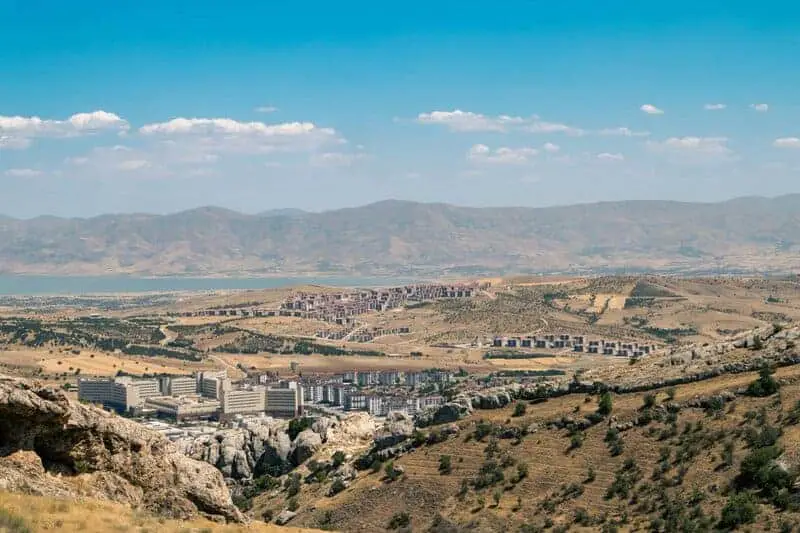
In 2018, Cape Town came dangerously close to “Day Zero,” when its water supplies nearly ran dry after a prolonged, climate-driven drought.
Residents faced strict water rationing, and the city rapidly adopted innovative water management strategies to avert disaster.
While Cape Town’s efforts provided short-term relief, the risk of future shortages still looms with ongoing climate instability.
National Geographic delves into the details of this crisis and the city’s ongoing adaptation in their coverage.
14. Antarctica Peninsula
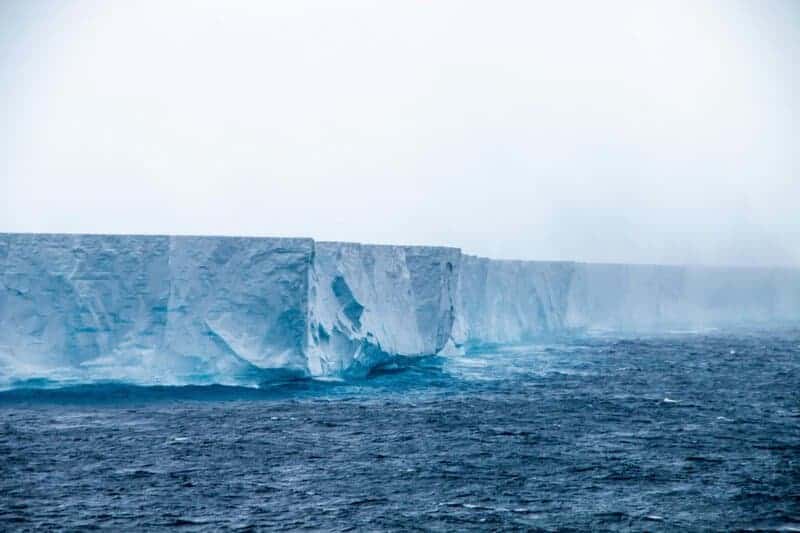
The Antarctic Peninsula has become one of the planet’s fastest-warming regions, with temperatures rising rapidly over recent decades.
Melting and collapsing ice shelves are transforming the coastline, while shifting wildlife patterns reveal the ecosystem’s sensitivity to change.
Remarkably, new plant species are beginning to take root where ice once dominated, signaling a profound ecological transformation.
The British Antarctic Survey provides in-depth coverage of these accelerating changes and their global significance.
15. Mekong Delta, Vietnam
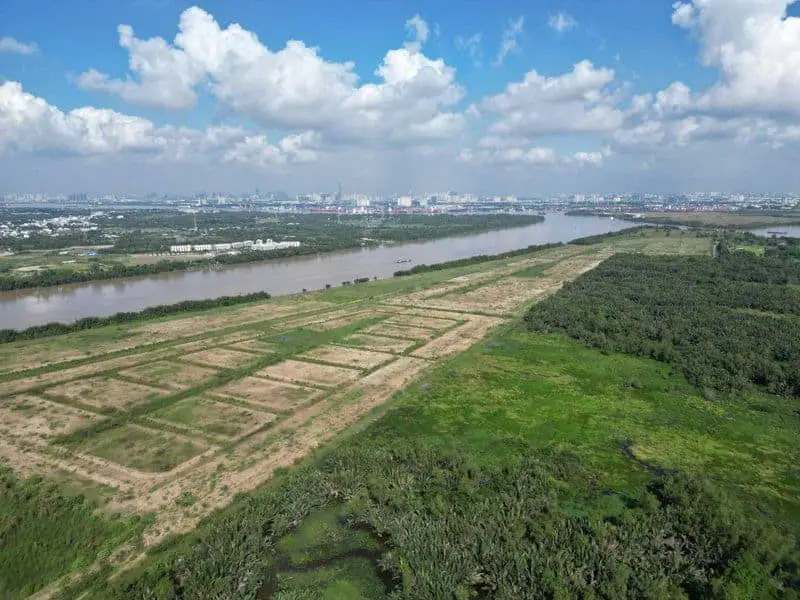
The Mekong Delta—often called Vietnam’s “rice bowl”—is under siege from rising seas and saltwater intrusion.
These changes threaten rice fields that feed millions, putting both livelihoods and food security at risk.
Local communities are working to adapt, but the long-term future of this fertile region remains uncertain as climate pressures intensify.
For a deeper look at the Mekong Delta’s plight and ongoing adaptation efforts, Reuters offers comprehensive reporting.
Conclusion
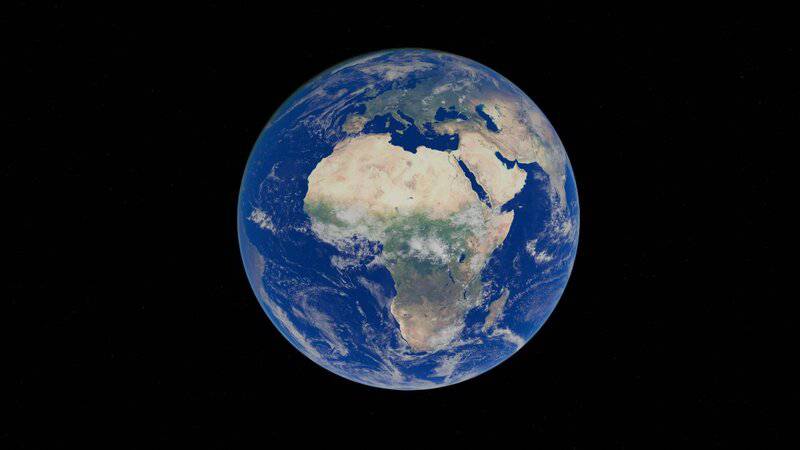
The places highlighted here serve as powerful reminders that climate change is not a distant threat—it’s a present reality, transforming our world in diverse and profound ways. From melting ice sheets to parched farmlands and flooded cities, the effects are already reshaping lives and landscapes across continents. These changes are interconnected, underscoring that global warming’s reach knows no boundaries. To protect our planet’s future, urgent climate action is essential.As we witness these transformations, let them inspire resolve and collective responsibility to forge a more resilient, sustainable world.
.article-content-img img { width: 100% }

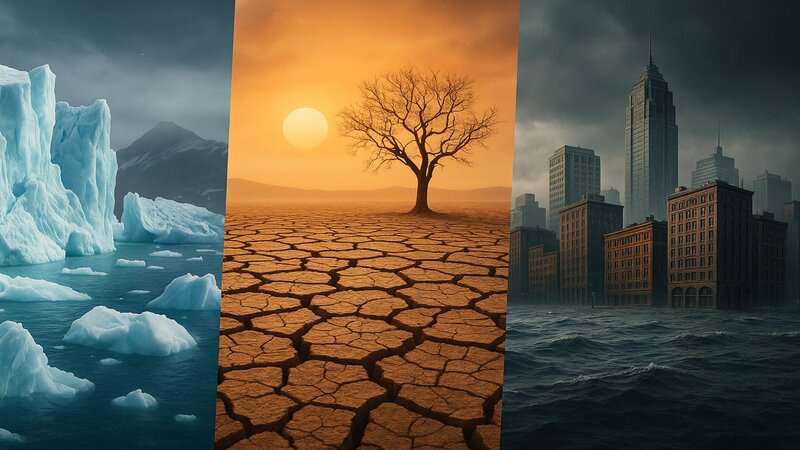

Vielleicht interessiert es Sie:
Wussten Sie! Minensuchratten auf dem Schlachtfeld und sie sind super effektiv!
Wie viele Giraffenarten gibt es? Leben sie alle in Afrika?
Der Vogel ist das Weibchen der Vögel: wahr oder falsch?
Warum bauen Biber Dämme? Welchen Nutzen?
Warum leben manche Tiere nachtaktiv? Welche Vorteile?
Küssen Tiere? Ist das die gleiche Bedeutung wie Menschen?
200+ Hilarious Seahorse Jokes That Will Make You Smile and Giggle
200+ Funny Investment Jokes to Boost Your Financial Humor Game